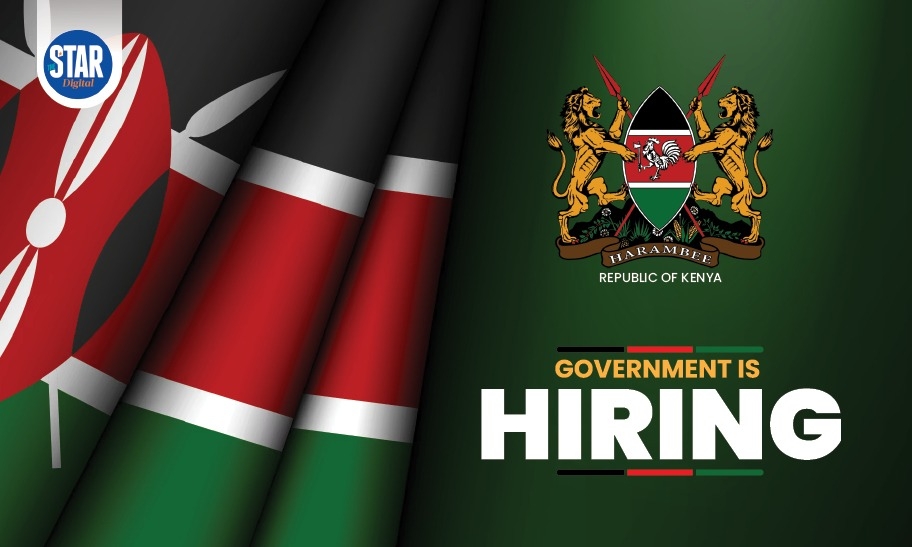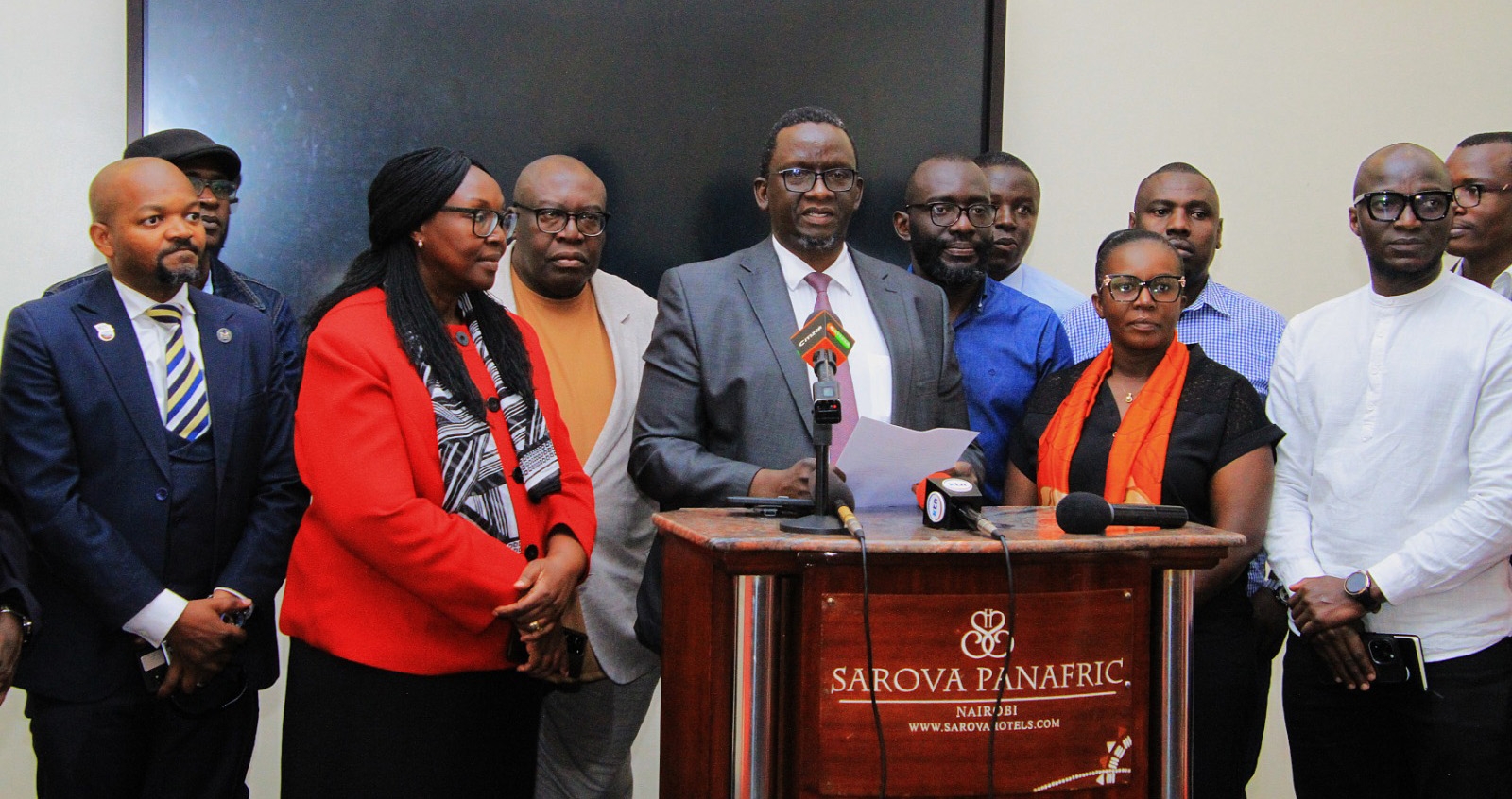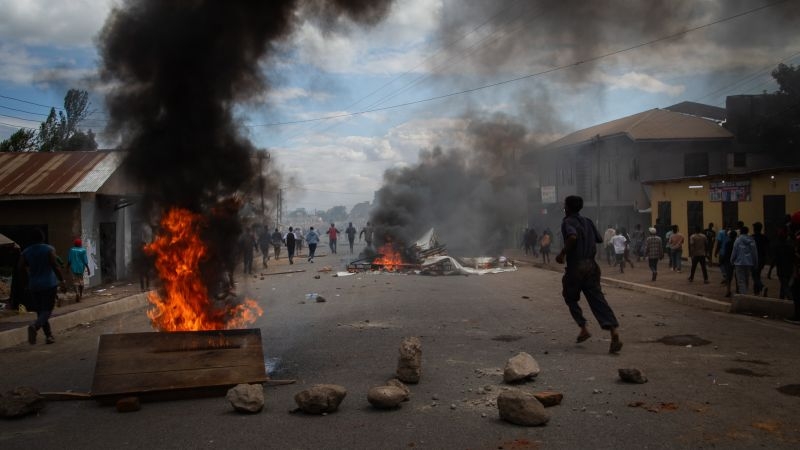 Ismail Maalim, Principal Secretary, State Department for Special Programmes, Ministry of Public Service, Human Capital Development and Special Programmes./HANDOUT
Ismail Maalim, Principal Secretary, State Department for Special Programmes, Ministry of Public Service, Human Capital Development and Special Programmes./HANDOUT
Kenya is standing at a critical turning point in its disaster management journey.
For decades, our national response to disasters has been defined by the urgency of relief. Rushing food, medicine, and shelter to communities after disaster strikes. It saved lives. But it also revealed the limits of a system built on reaction, not readiness.
Now, as climate change fuels more frequent and intense disasters, the Government of Kenya is making a deliberate shift. From relief to resilience. From reacting to preventing. From short-term aid to long-term security.
In recent weeks, heavy rainfall has left a painful mark. More than 6,000 households have been affected. Landslides in Elgeyo Marakwet have claimed lives, injured many, and destroyed properties.
In Garissa, floods displaced more than 2,800 families and swept away thousands of livestock. In Trans Nzoia, flash floods destroyed more than 2,300 acres of farmland and damaged schools and bridges. Around Lakes Naivasha and Baringo, rising waters have displaced families and disrupted livelihoods.
These are not isolated events. They are warnings. They tell us that the climate crisis is real and relentless. They test our systems but also remind us of the urgency to prepare, adapt and build resilience.
Government action has been swift and coordinated. Through the State Department for Special Programmes, working with the National Disaster Operations Centre, the National Government Administrative Officers, the Kenya Red Cross, and County Governments, multi-agency teams have been deployed. The Kenya Defence Forces and National Youth Service have been instrumental in the response as well.
We have distributed relief items, both food and non-food, to families in distress. The Ministry of Health has deployed medical teams and WASH experts to the affected areas.
Psychosocial support is ongoing. And even amid tragedy, education continues, with national exams being airlifted to affected schools, and candidates sitting their papers. That’s resilience in action.
But we are looking beyond emergency response. Because true resilience is not built in crisis; it’s built before it.
The State Department for Special Programmes is implementing the National Disaster Risk Management Policy (2017) to strengthen prevention, preparedness and coordinated response.
This is reinforced by the Kenya National Emergency Response Plan (2020), which ensures timely, organized action from preparedness to recovery, protecting lives, property, and the environment.
We are also advancing the National Disaster Risk Management Strategy (2025–2030), which provides a unified framework to plan, finance and monitor disaster risk initiatives nationwide.
Through the National Multi-Hazard Preparedness and Response Framework, we’re
embedding risk reduction into planning and budgeting, enhancing early warning
systems, linking weather data with local networks, and mapping risk zones to
guide safer settlement and development.
And we’re doing more. Together with the National Treasury, we’re operationalizing the National Drought Emergency Fund (NDEF), a key provision under the forthcoming National Disaster Risk Management Bill (2023), to ensure predictable and timely financing. Because preparedness without funding is just intent without impact.
The State Department is also finalising the National Relief Assistance Policy (2022), which will provide clear guidance on the management and delivery of relief assistance, ensuring fairness, transparency, and efficiency in all humanitarian interventions.
This is Kenya’s new direction. A shift from fragmented interventions to coordinated national action. From relief after the fact to readiness before it.
Disasters will come. They will test us. But they will not break us. Each challenge strengthens our systems, sharpens our preparedness, and reminds us of what we must protect: life, dignity and hope.
Resilience is not just policy. It’s duty. It’s foresight. It’s the promise that every Kenyan, wherever they live, can face tomorrow safer, stronger, and better prepared.
Still, resilience begins where disaster strikes first; at the community. Villages, not boardrooms. Households, not headlines. That’s why we’re strengthening local disaster committees, training volunteers, and building capacity in counties. Environmental restoration, catchment protection, and reforestation are no longer optional; they’re essential.
Indeed, by reframing our disaster response from relief to resilience, we’re building a future. A stronger, steadier and more secure Kenya.
The writer is the Principal Secretary, State Department for Special Programmes, Ministry of Public Service, Human Capital Development and Special Programmes.
















